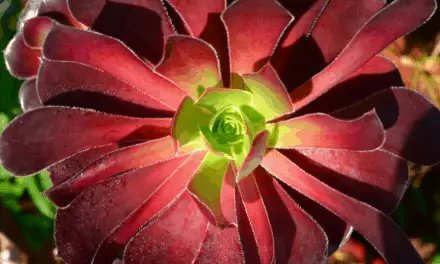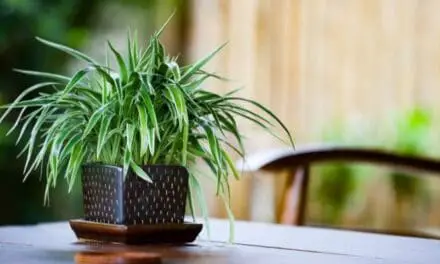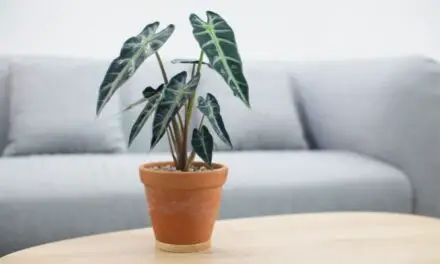The number of days your succulent can go without water will depend on the type of succulent it is its age and the type of environment it lives in. In general and depending on the above factors, succulents can last from about four weeks to three months plus without receiving water.
Related Article: Is A Succulent A Desert Plant?

Have you been thinking about getting yourself a cute succulent for your room?
Or have you already got one, and now you’re all confused about their watering schedule?
Well, that is a common issue amongst new succulent owners, and we’ll tell you the fix for it.
Statistically, succulents can go on for about 1 to 3 months without a drop of water if they’re kept indoors.
However, this only applies to indoor plants and doesn’t necessarily mean that your watering schedules should be so spaced out.
So, what is the case for succulents and their water needs?
While we humans can barely go on for 4 days without water, succulents can actually end up lasting for months on end.
This is what has earned them their reputation as the toughest and most hardy plants you can get.
While they seem like the perfect plants for people that are not good with high maintenance activities, different types of succulents have different types of needs.
Let’s take a deeper look at how the kinds of succulents can end up affecting how long they can go on without any water.
Table of Contents
How Long Can Succulents Live Without Water?
Succulents have an extensive root system that effectively stores and consumes the water supply within its stems and leaves.
These storage points can be accessed by the succulent whenever they need to, and this way, they can store and go on without more water for days.
That being said, all this is effectively influenced by the size, climate, environment, and nature of the succulent itself.
How To Determine How Much Water Your Succulent Needs
When The Succulent Is Stored Outdoors Or In Hot Climates
If the succulent is placed in an outdoor situation or in areas that have prolonged hot climates, watering them every 1 to 3 weeks is essential.
This is because the soil has a higher chance of drying out when they’re outdoors, in direct sunlight.
The fast-draining soils and the condition of the pots dry them out faster, leaving them in need of more water to quench their thirst.
When The Succulents Are Stored In Cool Climates Or Indoors
Succulents that are placed in an indoor facility or in a climate that is generally cold can last up to 1 to 3 months without any water.
Their lack of exposure to elements such as excessive sunlight and wind drifts is what makes it easier for the soil to retain its moisture.
Overwatering is a common problem for indoor succulents.
You can prevent this from happening by simply measuring out certain amounts and spacing out the time between your watering periods.
Always check that the soil inside is completely dry before you water your succulent again.
Succulents On Coastal Areas
When the succulents are residing in humid coastal areas, chances may be that they rarely require to be watered.
The humidity in the air can often be enough to quench their thirst and hydrate them all year long.
Young And Mature Succulents May Require Different Amounts Of Water
Smaller succulents generally have the tendency to drink up more water than mature succulents.
This is due to the fact that while bigger plants can store more water, the smaller succulents cannot.
This means that they run out of their water reserves earlier than bigger succulents.
So, younger succulents will usually require watering after 1 to 3 weeks, while the mature ones can go one for 1 to 6 months at a time.
How To Know It’s Time To Water Your Succulent?
Succulents will start showing obvious physical signs of dehydration that will let you know about their time to be watered.
While overwatering can deeply damage the succulent itself, the effects of under watering and dehydration can be reversed easily.
You can quickly tell if your succulent is in need of watering if it starts to show the following signs:
- If the succulent itself is drying out from its soil.
- The leaves on the succulent are starting to fade up and appear wrinkled.
- They have started to shed excessively.
- The succulent leaves will be shedding and falling off flatly rather than maintaining a plump texture.
Conclusion
It’s really important to do a little research on the particular succulent you own in order to discover a watering schedule that will allow it to thrive.




